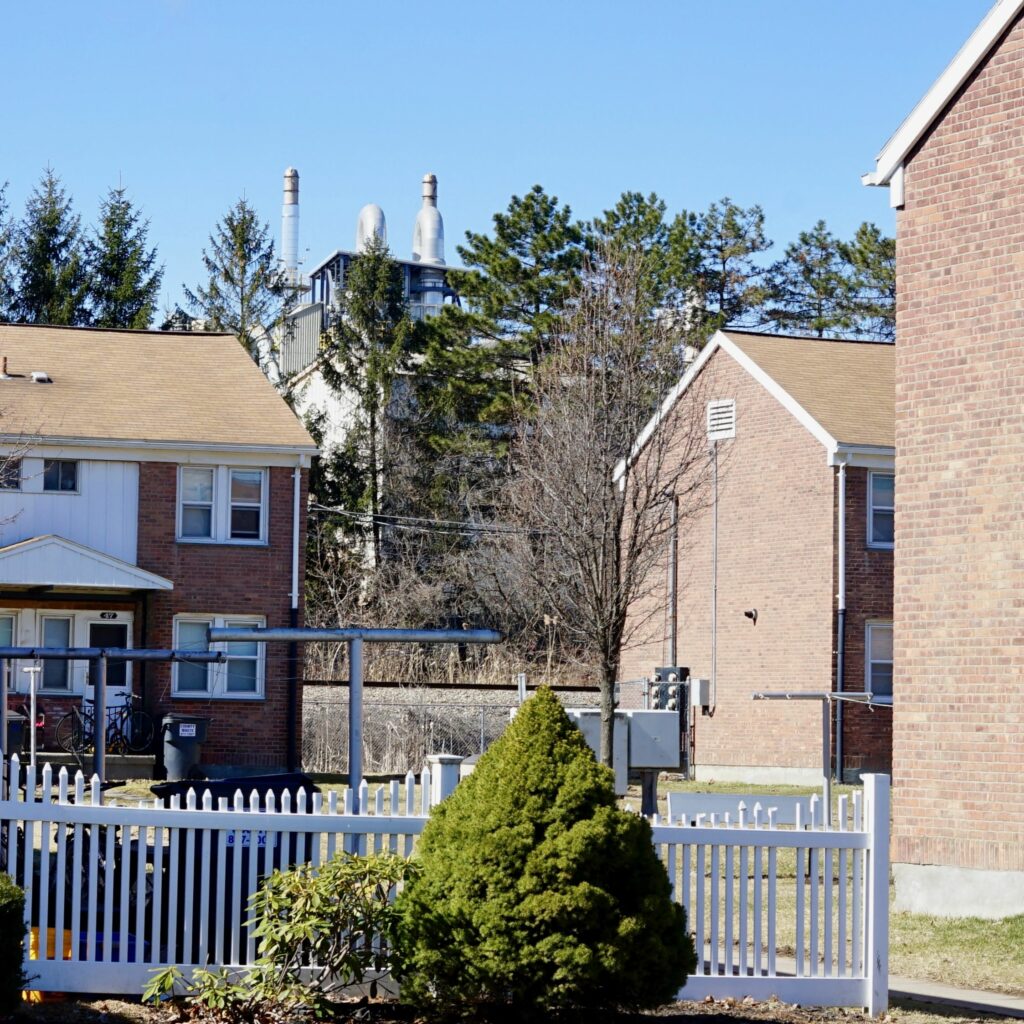Press Conference on Soil and Water Samples Test for AFFF Contamination Near Norlite

New soil and water testing near the Norlite incinerator in Cohoes, New York, which has been burning toxic firefighting foam, provides strong indication that incineration of AFFF at Norlite is not effective at breaking down PFAS compounds. Far from destroying these toxins, the Norlite facility appears to be emitting them into the surrounding communities.
In February 2020, environmentalists informed the public and local elected officials that the Norlite hazardous waste incinerator burned large quantities of toxic firefighting foam, known as aqueous film-forming foam (AFFF) in 2018 and 2019. The fire suppressing foam contains a hodgepodge of per- and poly- fluoroalkyl (PFAS) chemicals, a class of highly persistent chemicals strongly linked to a host of cancers, liver disease, auto immune deficiencies and infertility.
New York State Department of Environmental Conservation (DEC) has known Norlite was burning AFFF since 2018 yet did not disclose this to the public. Moreover, DEC has allowed the burning of AFFF despite there being no evidence that incineration destroys these forever chemicals, a lack of any stack testing to determine if PFAS compounds are being emitted at Norlite, and technical guidance from the EPA that incineration may not be an effective method of destroying AFFF.
On March 3, 2020, a team of Bennington College professors and students took soil and surface water samples from relatively undisturbed sites in neighborhoods around the Norlite plant in Cohoes, NY. The samples were sent to EuroFins, a commercial laboratory that analyzed them for a wide array of perflouinated compounds (PFAS). EuroFins also conducted a TOP Assay analysis on one water sample and one soil sample.
The results of this preliminary research suggest the burning of AFFF at Norlite is not destroying these dangerous chemicals so much as redistributing them into nearby poor and working class neighborhoods. (The full results can be found at: www.bennington.edu/PFOA)
Major findings of the study include:
· Elevated levels of PFAS compounds were detected in the soil and water near the Norlite facility. These levels decline with distance from the incinerator.
· The PFAS compounds that make-up of AFFF, including PFOS, are higher around the plant then what is considered a background level in our region.
· The pattern of PFAS contamination in the soil and water around Norlite bears strong resemblance to sites of known AFFF contamination, such as air force bases and firefighting training centers. Contamination at both Norlite and these legacy AFFF sites is marked by the prevalence of sulfonic and butanoic varieties of PFAS. This pattern differs from composition of PFAS contamination elsewhere in the region.
· AFFF contains approximately 250 different perflourinated compounds. There are only laboratory standards available for 50 of those compounds. Results from the TOP Assay analysis of soil and water near Norlite found evidence of significantly more PFAS compounds then we know how to detect. This finding is typical of sites with AFFF contamination.
Together, these findings suggest incineration of AFFF at Norlite is not destroying toxic PFAS compounds. More research is needed to better understand the local and regional fallout of PFAS from the Norlite hazardous waste incinerator. Until there is clear evidence that proper incineration destroys PFAS toxins, AFFF should not be burned.
For More Information:
David Bond ([email protected]) 802 375 3013
Judith Enck ([email protected]) 518 605 1770
Test results posted: Bennington.edu/Pfoa
